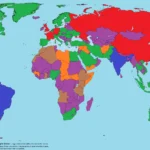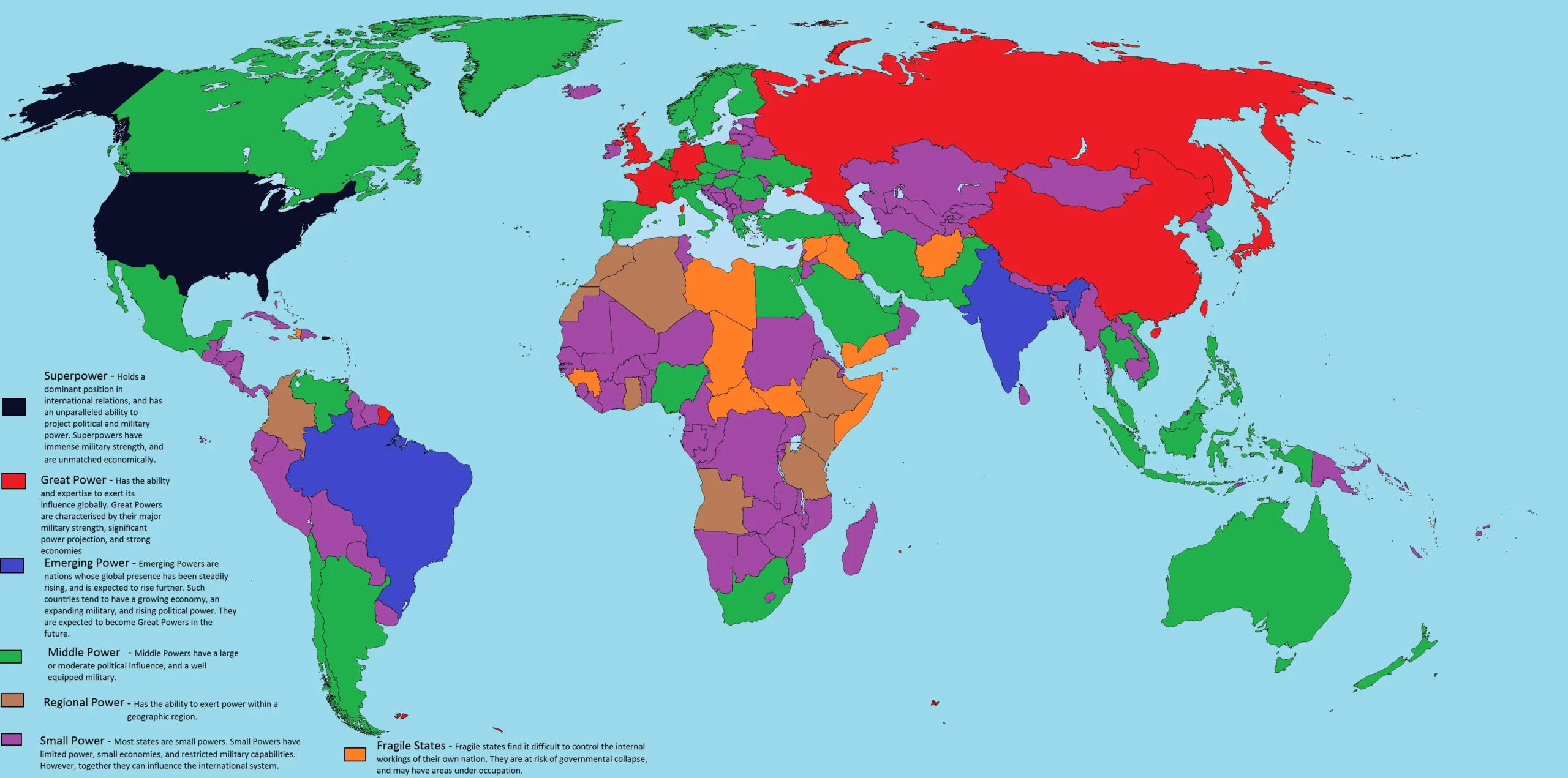Introduction
Alexander the Great, one of history’s most iconic military leaders, carved an empire spanning three continents—Europe, Asia, and Africa—by his early 30s. His name remains synonymous with ambition, strategy, and cultural transformation. In this deep dive, we explore Alexander’s rise, his groundbreaking campaigns, and the lasting legacy of the Hellenistic era.
Who Was Alexander the Great? Key Facts
-
Full Name: Alexander III of Macedon
-
Born: 356 BCE, Pella, Macedonia
-
Died: 323 BCE, Babylon (modern-day Iraq)
-
Reign: 336–323 BCE
-
Empire Size: Over 2 million square miles (from Greece to India)
-
Famous Quote: “There is nothing impossible to him who will try.”
Early Life and Rise to Power
Alexander’s upbringing laid the foundation for his legendary status.
-
Aristotle’s Pupil: Tutored in philosophy, science, and medicine by Aristotle, Alexander developed a lifelong love for learning and Homer’s Iliad.
-
The Heir to Philip II: After his father, King Philip II, unified Greece under Macedonian rule, Alexander inherited a powerful army and political instability.
-
Securing the Throne: At 20, Alexander eliminated rivals, crushed revolts in Thebes and Athens, and solidified his rule as Hegemon of the Corinthian League.
Alexander the Great’s Military Campaigns: Conquest of Persia and Beyond
Alexander’s 13-year campaign reshaped the ancient world.
1. The Fall of the Persian Empire (334–330 BCE)
-
Battle of Granicus (334 BCE): Defeated Persian satraps in modern-day Turkey, securing Asia Minor.
-
Battle of Issus (333 BCE): Crushed Darius III’s forces, capturing the Persian king’s family.
-
Siege of Tyre (332 BCE): Engineered a causeway to conquer the island fortress, showcasing his tactical creativity.
-
Gaugamela (331 BCE): Decisive victory over Darius III, leading to the burning of Persepolis and the end of Achaemenid rule.
2. Egypt and the Title of Pharaoh (332 BCE)
-
Founded Alexandria, a future hub of trade and learning.
-
Declared the son of Zeus-Ammon by the Oracle of Siwa, blending Greek and Egyptian divinity.
3. Pushing East: India and the Hydaspes River (326 BCE)
-
Defeated King Porus in modern-day Punjab, admired his enemy’s valor, and incorporated him as an ally.
-
Forced to turn back by exhausted troops, ending his eastward expansion.
Alexander’s Leadership Secrets: Tactics and Cultural Vision
Military Innovations
-
Combined Arms Tactics: Merged the Macedonian phalanx (with 18-foot sarissa spears) with cavalry charges.
-
Lead from the Front: Fought alongside soldiers, earning fierce loyalty despite his volatile temper (e.g., killing Cleitus in a drunken rage).
Cultural Fusion
-
Persian Influences: Adopted Persian dress, promoted intermarriage, and integrated local elites into his administration.
-
Spread of Hellenism: Greek language, art, and urban planning flourished in cities like Alexandria and Bactra
The Mysterious Death of Alexander the Great
In 323 BCE, Alexander died in Babylon at 32. Theories include:
-
Typhoid Fever or Malaria: Common in ancient swampy regions.
-
Poisoning: Suspected by some historians, though evidence is scarce.
-
Alcoholism: His heavy drinking may have exacerbated health issues.
His empire fractured into rival kingdoms (Ptolemaic Egypt, Seleucid Persia), but his cultural legacy endured.
Alexander’s Legacy: How He Shaped the Modern World
-
Hellenistic Civilization: Blended Greek, Persian, and Egyptian cultures, advancing science, philosophy, and art.
-
Strategic Blueprint: Napoleon and Caesar studied his tactics; military academies still teach his campaigns.
-
Global Trade Routes: His empire connected East and West, foreshadowing the Silk Road.
FAQs About Alexander the Great
Q: How tall was Alexander the Great?
A: Ancient sources claim he was shorter than average (around 5’6”), but his charisma overshadowed his stature.
Q: What was Alexander’s biggest battle?
A: Gaugamela (331 BCE), where 47,000 Macedonians defeated 100,000 Persians, cementing his dominance.
Q: Did Alexander ever lose a battle?
A: No. His only major setback was the refusal of his army to march further into India.
Q: Why is he called “the Great”?
A: The title emerged posthumously, reflecting his unparalleled conquests and cultural impact.
Alexander the Great’s story is a blend of brilliance and brutality. While his empire fragmented, his vision of a interconnected world laid the groundwork for globalization. From the libraries of Alexandria to the battlefields of history, his influence echoes through millennia. As historian Robin Lane Fox wrote, “He was a whirlwind that set the ancient world spinning.”











